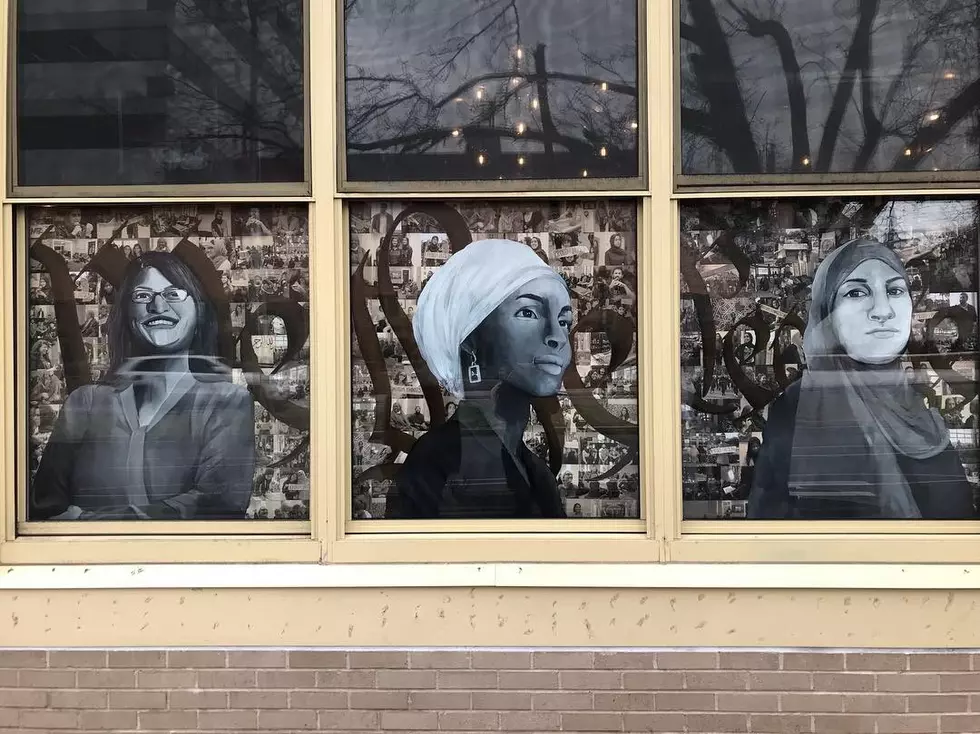
Public art creates new destinations, revitalizes NJ communities
A drive down I-295 might raise some eyebrows if said eyebrows have never been through the Hamilton area in Mercer County. Tucked between miles of tree-lined highway is a gargantuan sculpture of two faces, one red and one blue, juxtaposed perpendicularly. It’s a sight you’ll only see here in New Jersey thanks to Grounds for Sculpture, a 42-acre sculpture-laden park and museum open to the public.
Grounds for Sculpture isn’t the only New Jersey landmark with public art, though. Since the recession many New Jersey towns have looked to public art projects to help revive their local communities, according to Nick Paleologos, executive director of the New Jersey State Council on the Arts.
Municipalities throughout New Jersey have seen great results since they have invested in public art projects, according to Paleologos, who noted that the projects aren’t just about aesthetics. “They’re doing it for reasons of community development and revitalization.”
Public art is also a powerful economic driver. Rahway’s downtown is just one of the places that’s seen positive results since the city began investing in art over a decade ago. Thanks to the city's flourishing arts district and train station, which is currently a part of the NJ Transit Arts Program, "the entire downtown of Rahway is exploding," Paleologos said.
Public art has also helped revitalize communities like Millville, which is on the rebound “primarily because of the focus they put on the artist and downtown art,” Paleologos said.
And while Atlantic City has been receiving a lot of bad press regarding its future, Paleologos said that new public art installations in parks and other areas of the city are transforming it into an arts destination as well.
Paleologos believes that the implementation of such projects can benefit communities in a multitude of ways: “It’s raising the property values, raising people’s spirits, and the impact on quality of life can never be underestimated.”
For the last 25 years, New Jersey has made an incredible commitment to public art, according to Paleologos. Since its passage in 1978, the state’s Arts Inclusion Act has allowed up to 1.5 percent of all state-financed construction budgets to be allocated toward artwork installation and commissioning. This means “if one of New Jersey’s many state colleges or universities is building a dining hall or a dormitory, they will incorporate art into that building or that area as a matter of public policy because New Jersey has made it a priority,” Paleologos said.
How can you find public art in your area? “Look up and look around. There are so many things that you just don’t notice,” Paleologos said.
More From New Jersey 101.5 FM






![They Call This Art [VIDEO]](http://townsquare.media/site/385/files/2014/03/hqdefault5.jpg?w=980&q=75)
![Artists on Main [PHOTOS]](http://townsquare.media/site/385/files/2013/10/IMG_4028.jpg?w=980&q=75)

